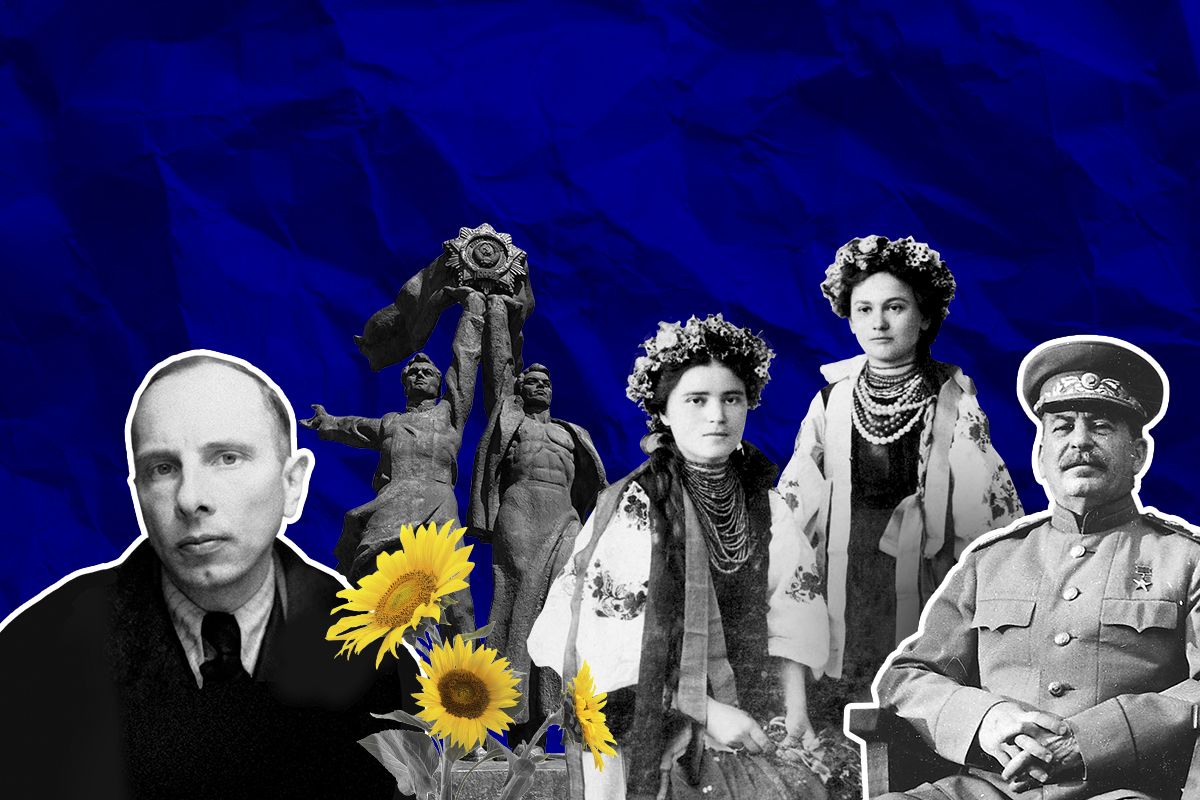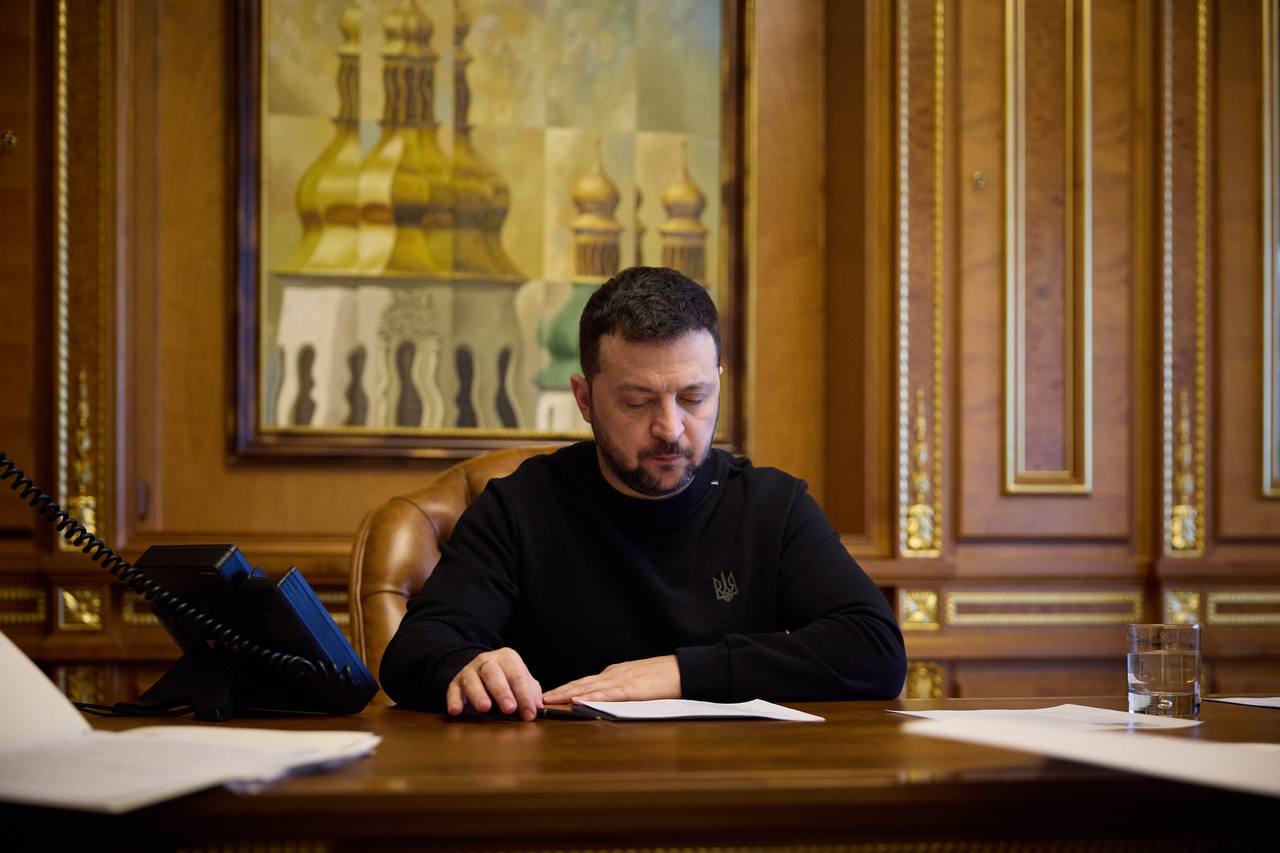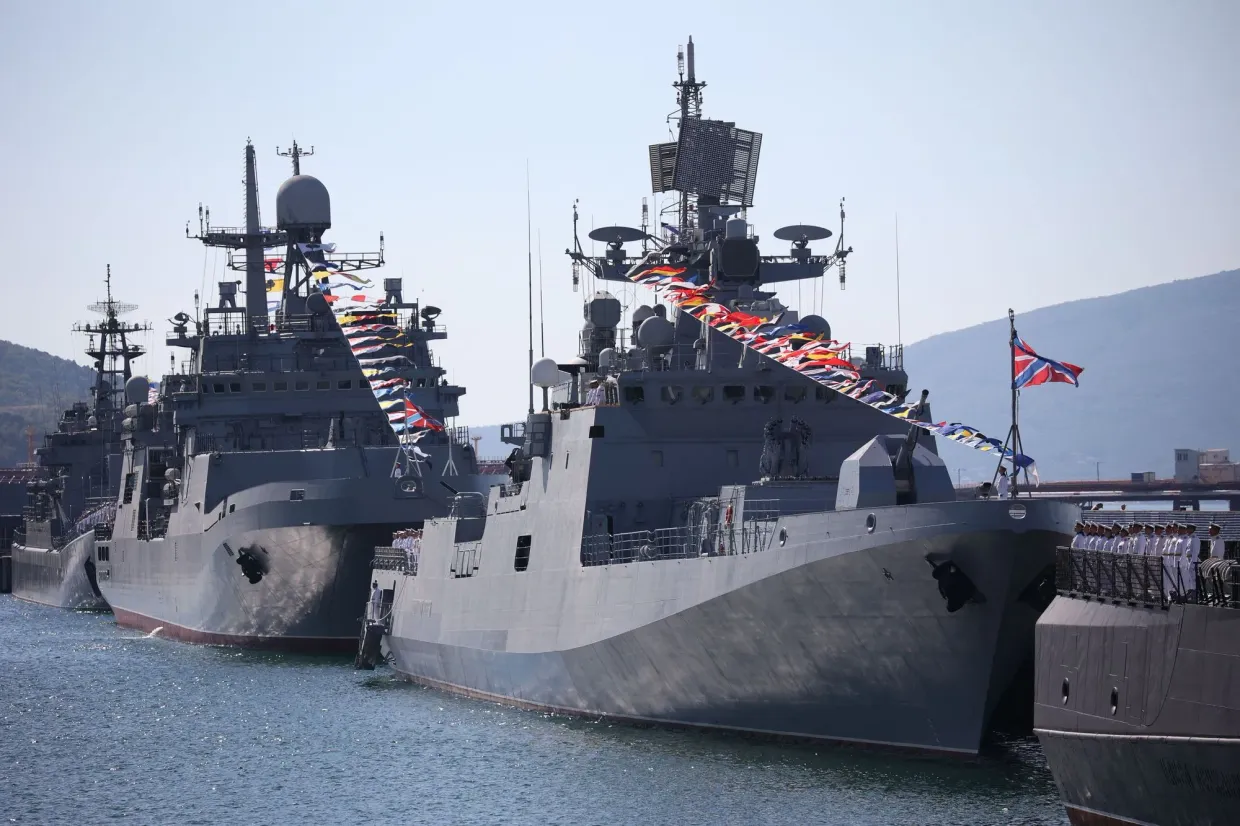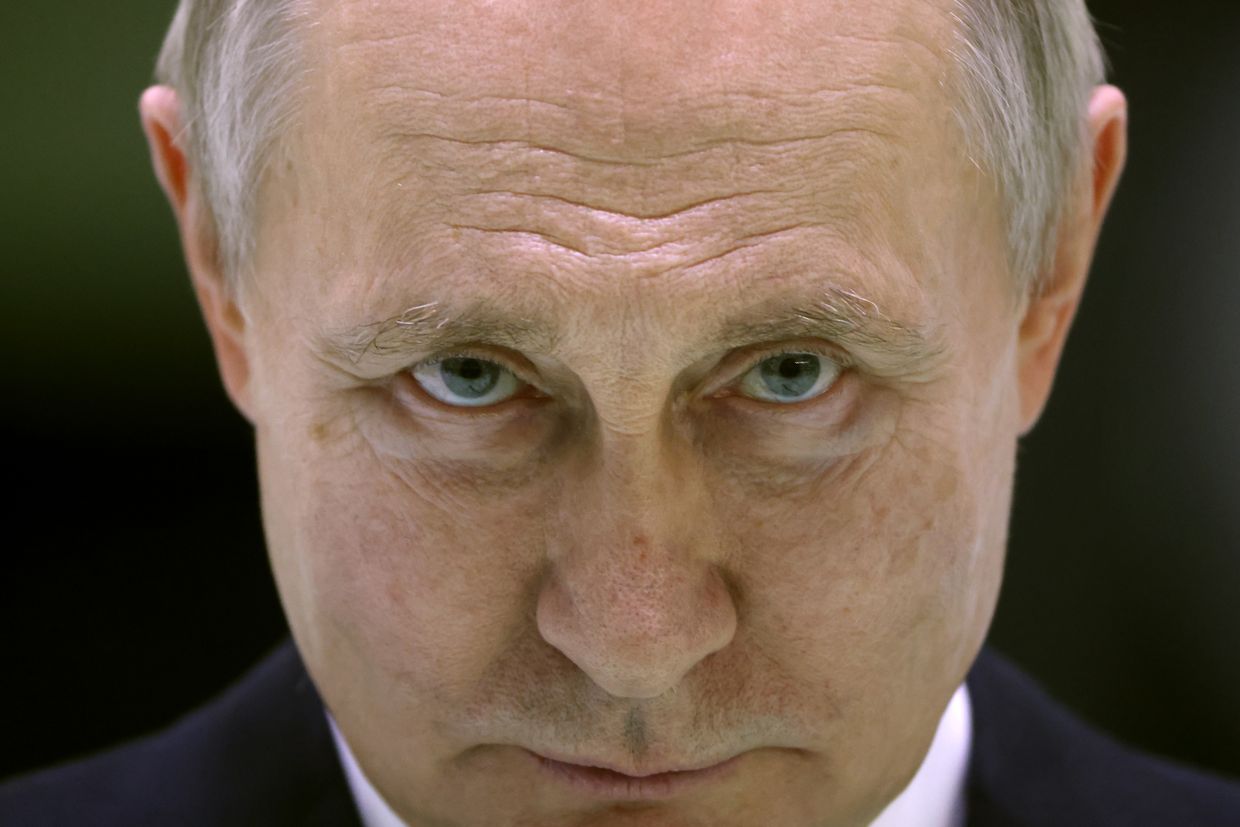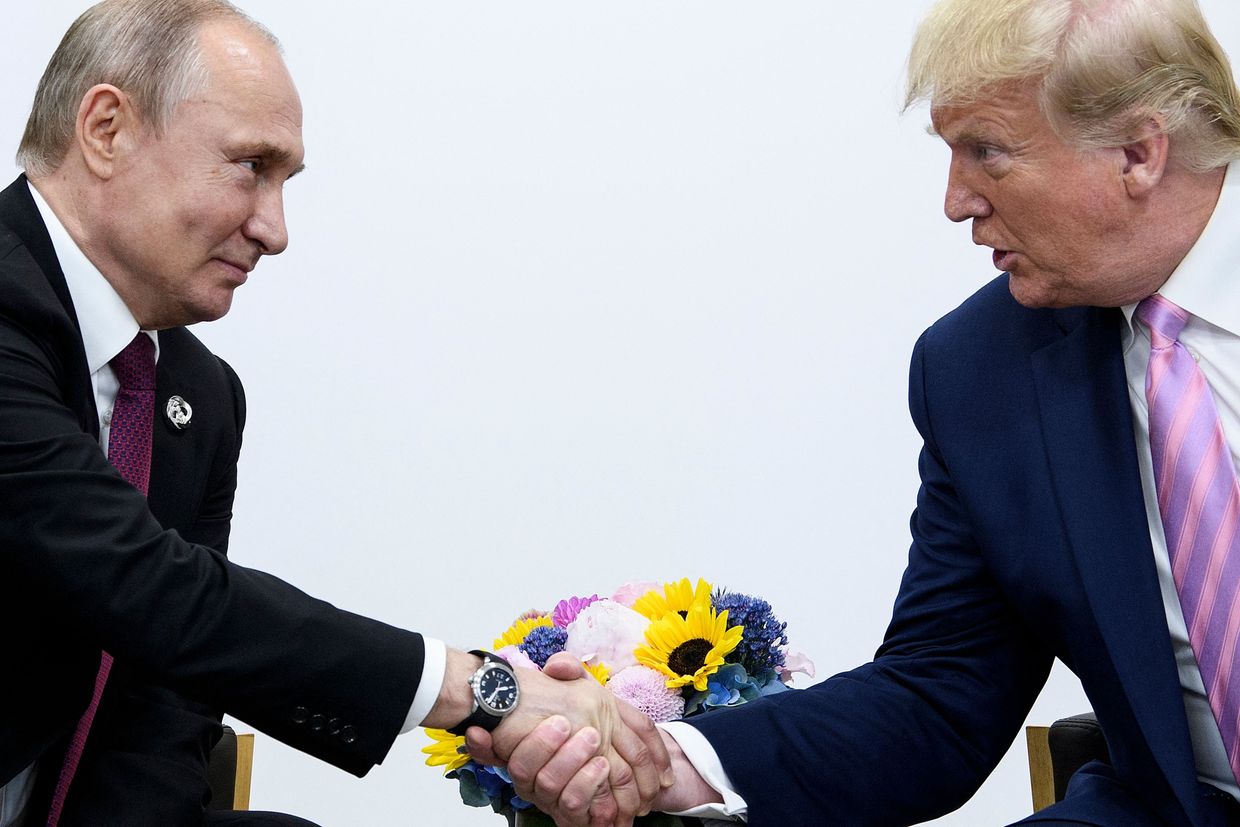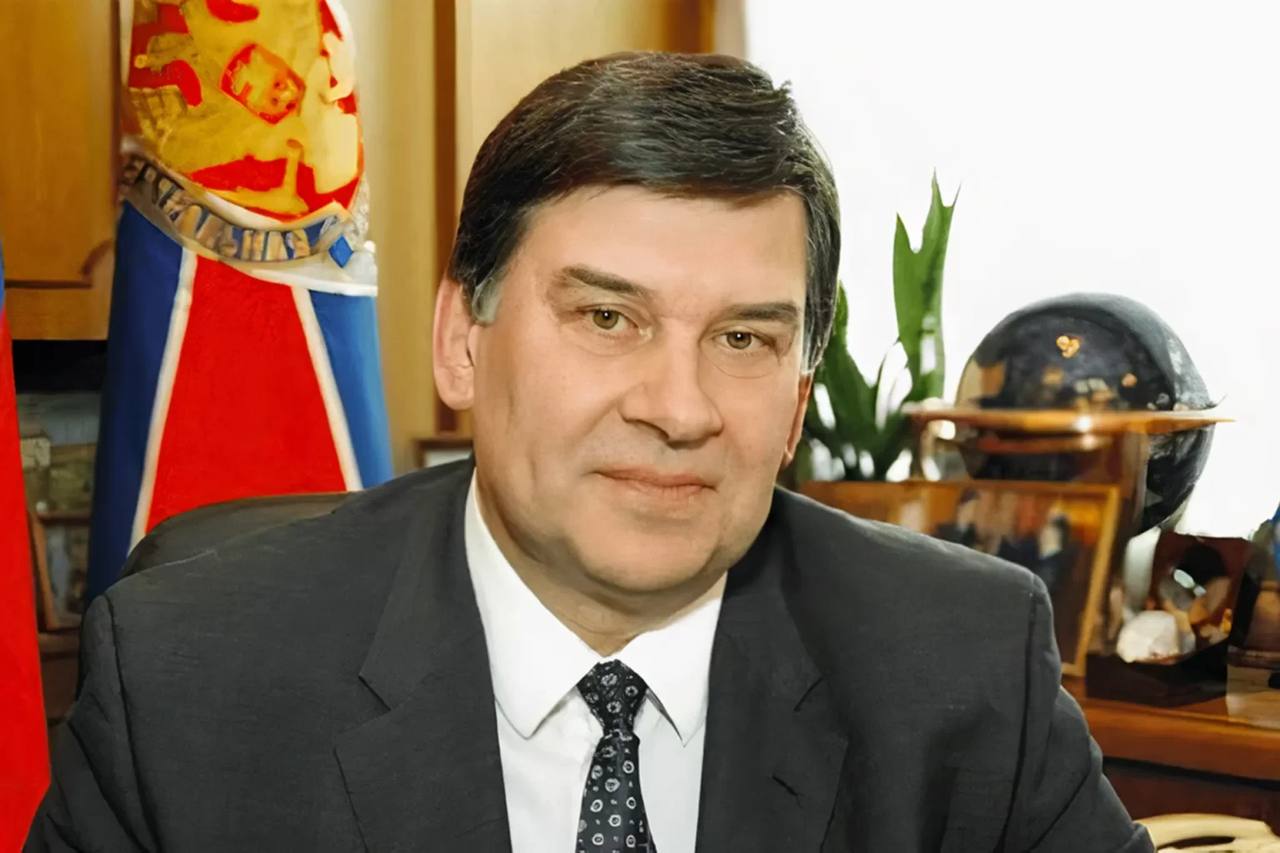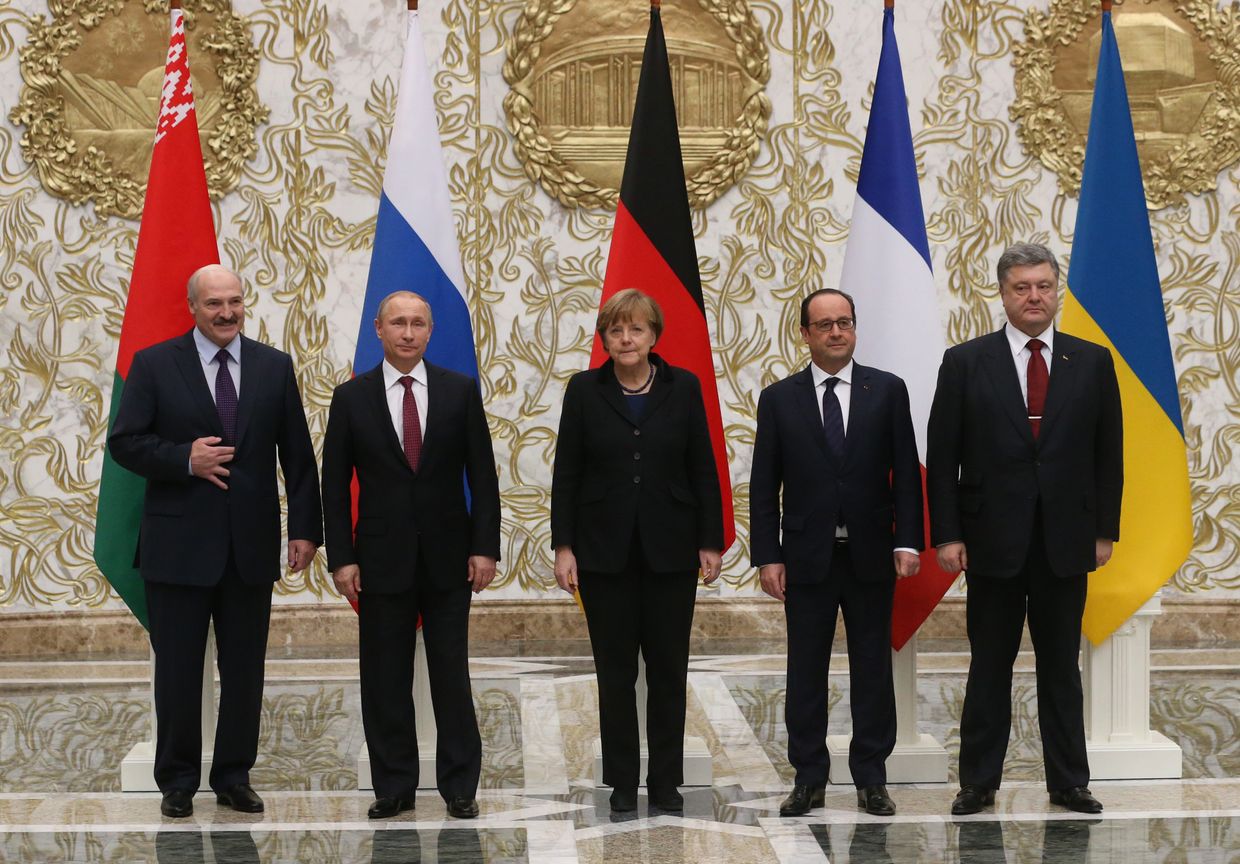Editor's Note: This is episode 1 of "Ukraine's True History," a video and story series by the Kyiv Independent. The series is funded by the Institute for War and Peace Reporting within the program “Ukraine Forward: Amplifying Analysis.” The program is financed by the MATRA Programme of the Embassy of the Netherlands in Ukraine. Subscribe to the series' newsletter here.
From the birth of Kyivan Rus, the first East Slavic state, to the onset of armed conflicts in the ensuing centuries, untangling Ukraine's past is never easy.
Ukraine – through its long and turbulent history – gained independence in 1991.
The country’s long history before and after independence has seen Ukrainians enduring wars, revolutions, occupations, and a fraught relationship with its neighbor, Russia
Understanding Ukraine's origins becomes even more complex as Russia has been on a centuries-long quest to distort Ukrainian history in an attempt to justify its brutal invasions.
While most of the Kremlin's disinformation campaign is dismissed by Ukraine, the West, and many around the world, the wide net that Russia’s false narratives have cast globally have allowed historical misconceptions to arise.
The Kyiv Independent has put together 10 common historical misconceptions about Ukraine that can still be commonly heard today.
Myth 1: Crimea has 'always been Russian'
According to this myth, Crimea has always been Russian, and by annexing the Crimean Peninsula in 2014, Russia was “correcting” a historical mistake.
Despite Russia's claim that Crimea has "always been Russian," the majority Muslim indigenous population of Crimea, Crimean Tatars, settled in the peninsula centuries before the Russian Empire conquered it in the 18th century.
After violating a peace treaty with the Ottomans in 1783, the Russian Empire illegally annexed Crimea for the first time. Russia ruled the peninsula for around 150 years until the collapse of the Russian Empire in 1917.
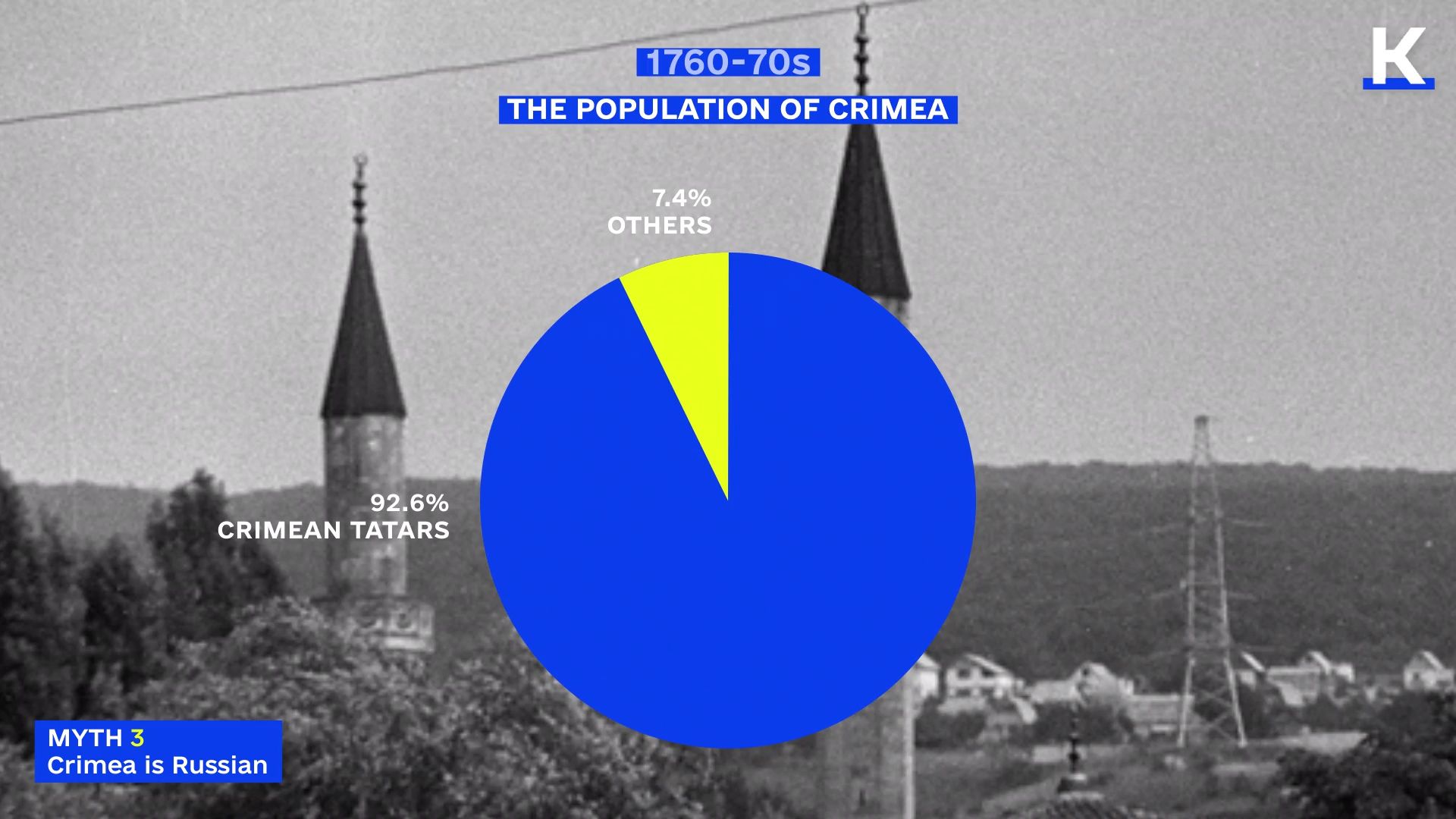
During the Soviet Union, the Crimean Tatar population in Crimea faced repressions, persecution, and deportations. Ukraine estimates that over 230,000 people were deported starting in 1944, mostly to Uzbekistan.
The deportation of the Crimean Tatars, in which over 100,000 people perished as a result of starvation and disease, is recognized as genocide by Ukraine and several other countries.
It was only in the mid-20th century, following the ethnic cleansing of the Crimean population, that ethnic Russians became the majority in Crimea. The Turkic indigenous population became a minority due to the forced resettlement of Russians into the area and the suppression and assimilation of the local culture and language.

In 1954, the Soviet authorities transferred Crimea from the Russian Soviet Federative Socialist Republic to the Ukrainian Soviet Socialist Republic (modern-day Ukraine).
The Soviet authorities listed "the commonality of the economy, territorial proximity, and close economic and cultural ties between the Crimean region and the Ukrainian SSR" as the reasons.
However, the circumstances of the transfer are still a topic of debate today.
One theory suggests that then-Soviet leader Nikita Khrushchev may have transferred the peninsula to mark the 300th anniversary of the Pereiaslav Agreement, which Russia frames as a treaty of union between Russia and Ukraine.
Another theory states that Crimea was transferred from Moscow to Kyiv because the peninsula, now emptied of its indigenous population, had become severely depopulated and economically stagnant.
Soon after the transfer, Ukraine's Soviet Socialist Republic was tasked with constructing the North Crimean Canal, which connected the Dnipro River with the dry peninsula.
After launching its war against Ukraine in 2014, the Kremlin has attempted to legitimize the annexation of Crimea with Russian propaganda claiming that it was taking back the peninsula that it had given as "a gift" to Ukraine.
But as the facts show, Russia only controlled the peninsula for a fraction of its history.
"Less than 6% of Crimea's written history (from the 9th century BC to date) belongs to the Russian chapter," Orysia Lutsevych, a research fellow at Chatham House, said.
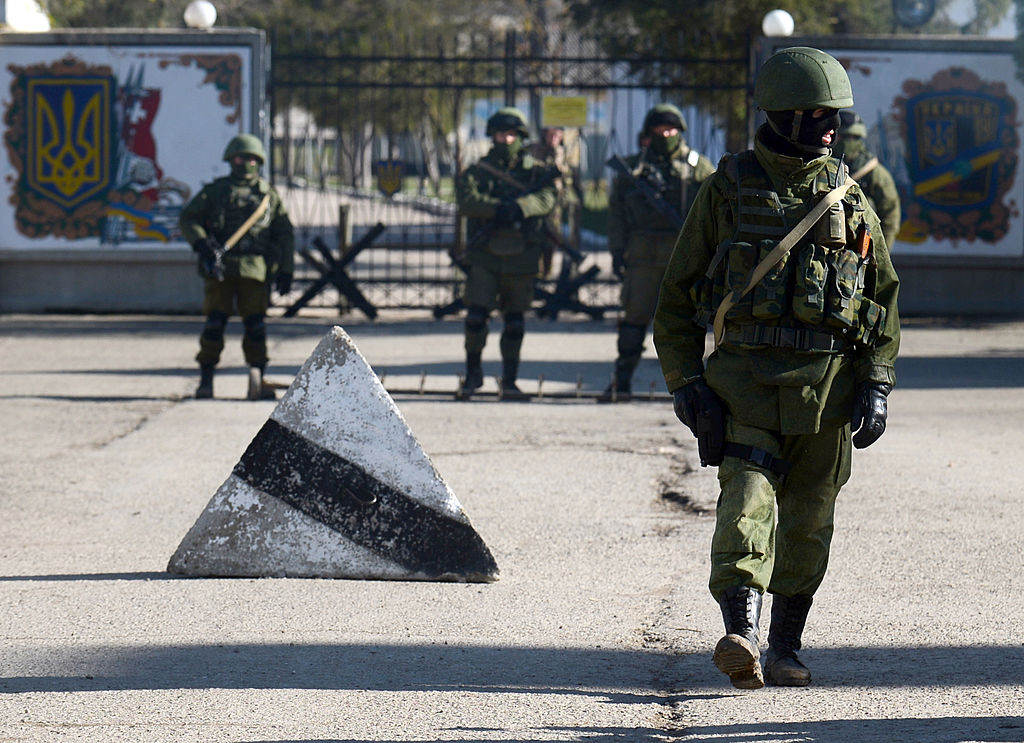
Myth 2: Ukrainians, Russians are 'brotherly people'
In a comment that immediately caused a backlash from Kyiv, French President Emmanuel Macron said in April 2022, just over a month after the start of Russia’s full-scale invasion of Ukraine, that Ukrainians and Russians were "brotherly people."
As such, Macron didn't see the term "genocide" as an appropriate term to describe Russia's actions in Ukraine.
Macron's statement showed the wide reach of the Kremlin’s propaganda as Russia continues to use its imperialist narrative to assert that Ukraine is part of a larger so-called Russian world.

While Ukraine and Russia share some linguistic proximity and can both trace their history back to Kyivan Rus, a loose confederation of East Slavic proto-states, it is historically incorrect to assume they are from one nation.
After the fall of Kyivan Rus, destroyed in the mid-13th century by a successful Mongol invasion, Ukraine and Russia spent over 400 years apart developing major linguistic, cultural, and political differences.
Most of modern-day Ukraine fell to the Russian Empire in the 18th century and was later forcibly incorporated into the Soviet Union in the 20th century. Russia spent those 300 years or so suppressing the Ukrainian language and culture, crushing numerous attempts by Ukraine to break free.
Russia uses a twisted interpretation of the historical ties between Ukrainians and Russians to propagate the idea that Ukraine is an appendage to Russia. But while Ukrainians and Russians evolved from similar origins, their culture, language, and history have always been distinct.
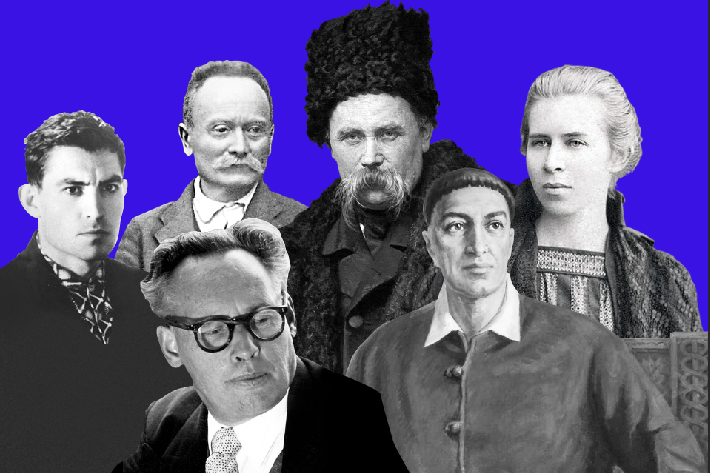
Myth 3: Ukrainian culture is undeveloped
In the days leading up to the February 2022 full-scale invasion, Russian President Vladimir Putin claimed in his infamous speech that Ukraine was not a "real" country, describing it as a fiction created by Russia.
Russia has long tried to spread the false narrative that Ukrainian culture is undeveloped and has claimed well-known Ukrainian figures – such as writer Mykola Gogol and avant-garde artist Kazimir Malevich – as their own.
As part of that imperial propaganda, Russia often portrays Ukrainian culture as poor and provincial. The narrative that it was Russia who brought culture to Ukraine is another common myth used by the Kremlin.
No matter what Russia claims, Ukraine holds a rich cultural legacy.
Ukrainian 19th-century poets Taras Shevchenko and Lesia Ukrainka, and writer Ivan Franko are well-known in Ukraine and abroad.
In the early 20th century, Ukraine saw another cultural revival, with writers Mykola Khvylovy, Valerian Pidmohylny, movie director Les Kurbas, painters Mykhailo Boychuk and Ivan Padalka, and many more, creating works cherished by Ukrainians today.
They have been known as the Executed Renaissance, as most of them were shot by the Soviet regime during the Great Terror in Sandarmokh.
Oleksandr Dovzhenko, who was able to survive the Great Terror, was recognized internationally, even under the eyes of the brutal Soviet leader Joseph Stalin.
Known as the father of Ukrainian cinema, his work inspired a 1960s movement known as "poetic cinema," which left a mark on the industry for decades to come.
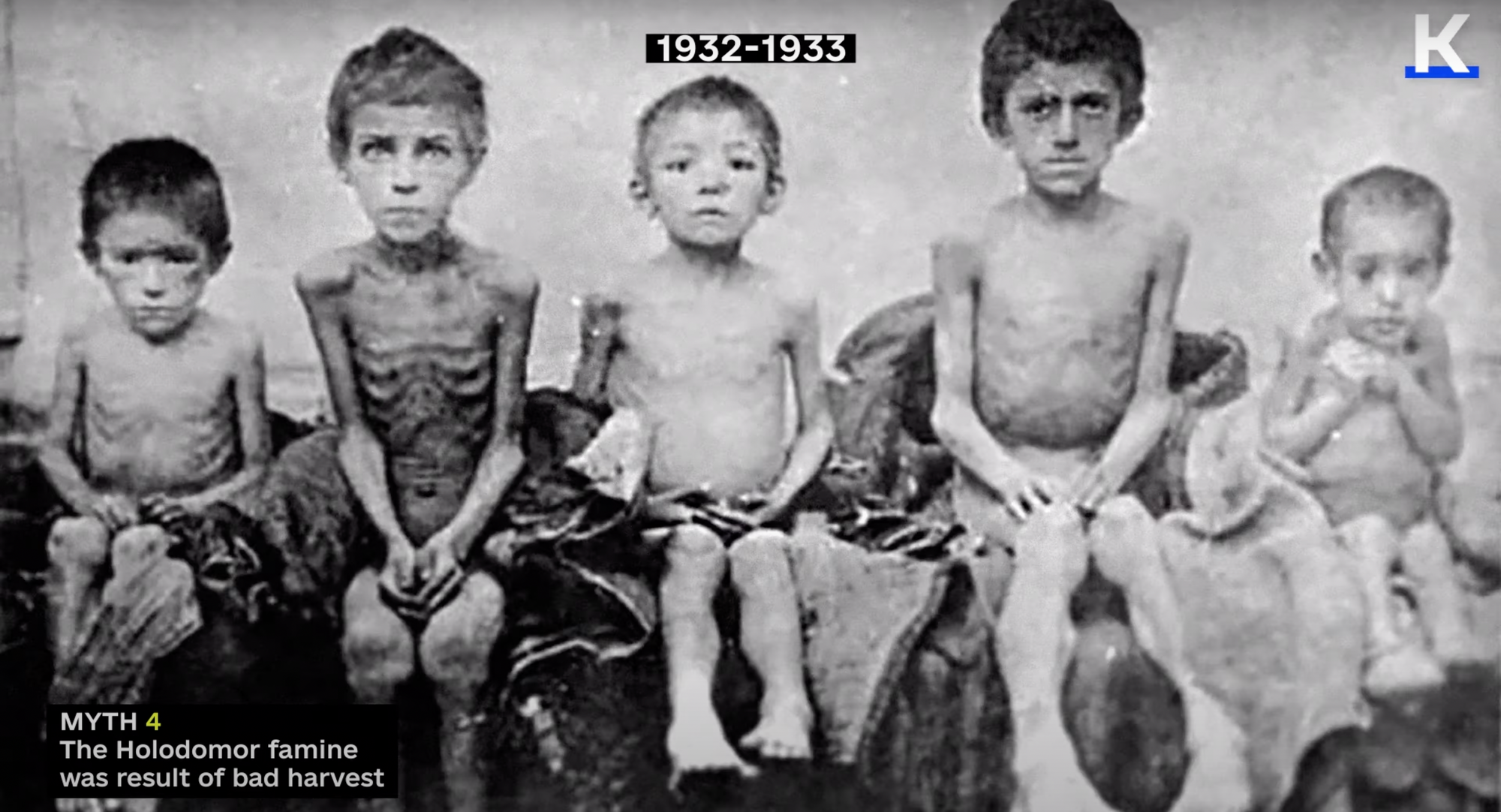
Myth 4: Holodomor was caused by poor harvests
Holodomor, a man-made famine created by the Soviet government of Joseph Stalin, killed millions of Ukrainians in 1932-1933.
Most estimates say the death toll was nearly 4 million, but some scholars say it may have been higher – as much as 10.5 million.
The Holodomor, which combines two Ukrainian words that together mean "death inflicted by starvation," also affected Kazakhstan, parts of Russia, and the North Caucasus – but Ukraine, despite being known for its nutrient-dense black soil, was hit the worst.
The Stalin-led government confiscated property from Ukrainians, most of whom were small-scale farmers, and forced them to work on collective agricultural lands as part of collectivization.
The more affluent farmers, known as kulaks or kurkuls, were targeted during this period in order to speed up the expropriation of farmland and were often "declared enemies of the state who deserved to be eliminated as a class.” Thousands were thrown out of their homes and deported, according to the Holodomor Research and Education Consortium (HREC).
In 1932, the Soviet authorities demanded Ukrainian villages produce impossibly high quotas, and when the goal couldn't be reached, they confiscated the rest of the food products, including meat, potatoes, and even seeds.
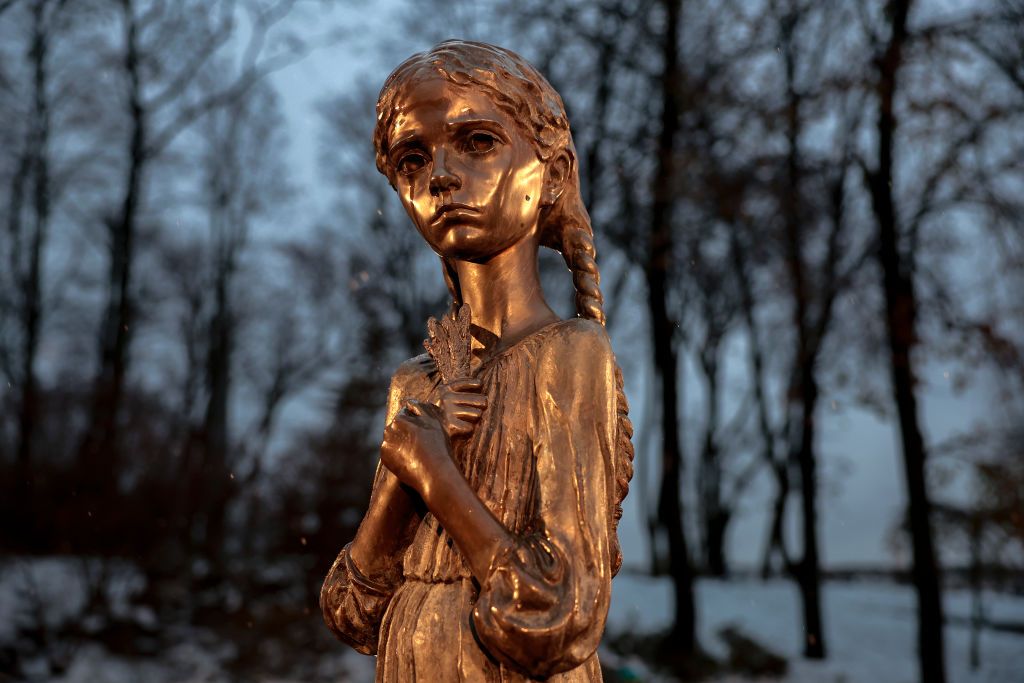
The Soviet police and military searched through homes, and a newly-issued decree forbade starving Ukrainian farmers from fleeing their regions to search for food, according to HREC.
Though the horrific scale of the famine has been confirmed by eyewitnesses, documents, archival photos, and diaries, the Kremlin claims that the consequences of Holodomor are exaggerated.
Supporters of this myth claim that the famine happened by coincidence, blaming unusual weather conditions that led to poor harvests or accusing Ukrainian villagers of sabotage.
Many historians say Holodomor was a genocide led by Stalin in part to erase Ukrainian national identity. Nearly a century afterward, 26 countries, as well as the European Parliament, officially recognized Holodomor as genocide.

Myth 5: Russians liberated Europe from Nazis
The myth has it that the Soviet Union undertook a key role in defeating Nazi Germany and "liberating" European countries from their German occupiers.
Russians equate themselves to the "Soviet liberator," decreasing other nations' role in the fight while also denying the Soviet Union's role in the suppression of the peoples they "freed from Nazism."
Russia has recently intensified its censorship to enforce this narrative.
In April 2022, the Russian parliament adopted a law banning citizens from denying "the decisive role of the Soviet people in the defeat of Nazi Germany, as well as the humanitarian mission of the USSR in the liberation of European countries.”
While Russian propagandists continue to claim that the Soviet army was the "liberator" instead of an occupier who came to battle Nazism, it was the Nazi-Soviet Pact that divided Europe between the two, enabling Nazi Germany to start World War II.
With the Molotov-Ribbentrop Pact signed days before World War II in 1939, Nazi Germany and the Soviet Union invaded Poland 17 days apart.
The Soviet Union also fought a brutal war against Finland and occupied Estonia, Latvia, and Lithuania, as well as parts of Poland and Romania in 1939-1940.
After being attacked by Nazi Germany in 1941, the Soviet Union, along with the Allied forces — including the U.S. and the U.K. — defeated the Nazis and ended the war in Europe.
While the Soviet army consisted of around six million Ukrainian soldiers, modern Russia has tried to frame it as its own personal victory.
And even though the Nazis were expelled from Europe, the Soviet Union installed and maintained puppet regimes in Poland, East Germany, Czechoslovakia, Hungary, Romania, and Bulgaria, suppressing public dissent by brute force.
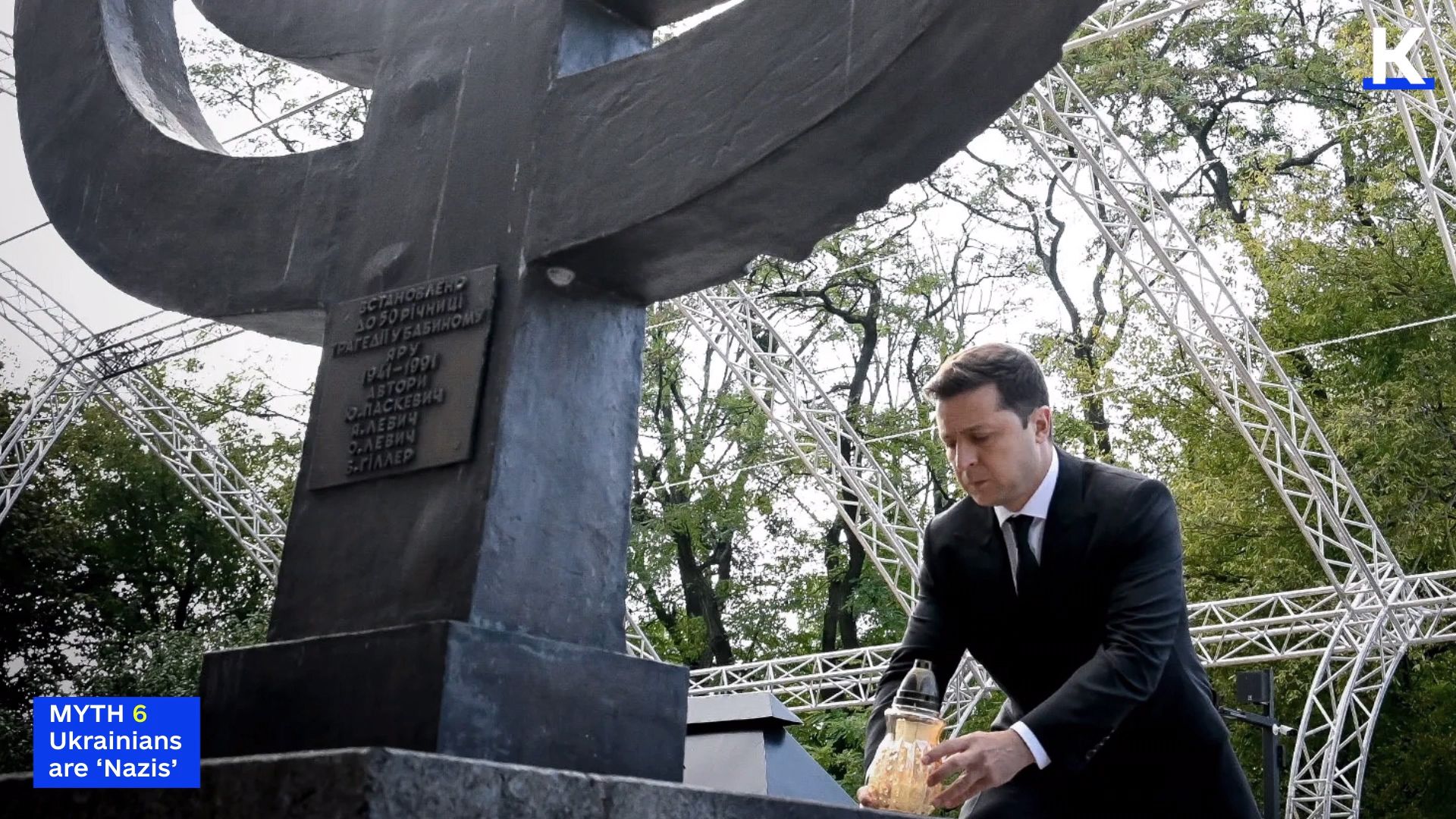
Myth 6: Ukrainian nationalists are 'Nazis'
Labeling enemies as Nazis has been a common practice in Russia, which has sought to build up hatred towards Ukraine to justify its brutal full-scale invasion.
The Kremlin's groundless narrative about Nazism in Ukraine is dismissed as totally absurd.
Ukraine is led by a Jewish president, Volodymyr Zelensky, who has said he has family members who were killed during World War II.
The country is believed to have been home to one of the largest Jewish populations in Europe, with estimates as high as 2.7 million, before World War II.
A 2018 Pew Research Center research showed that only 5% of Ukrainians said they are “not willing to accept Jews citizens of their country,” the lowest number among all countries in Eastern and Central Europe.
When the February 2022 invasion began, about 350,000 Jews lived in Ukraine, according to Chabad, one of the world's largest Jewish organizations worldwide.
In addition, far-right extremist groups have no representation in politics in modern Ukraine, unlike in other countries, where there has been a resurgence of the far-right, especially across Europe.
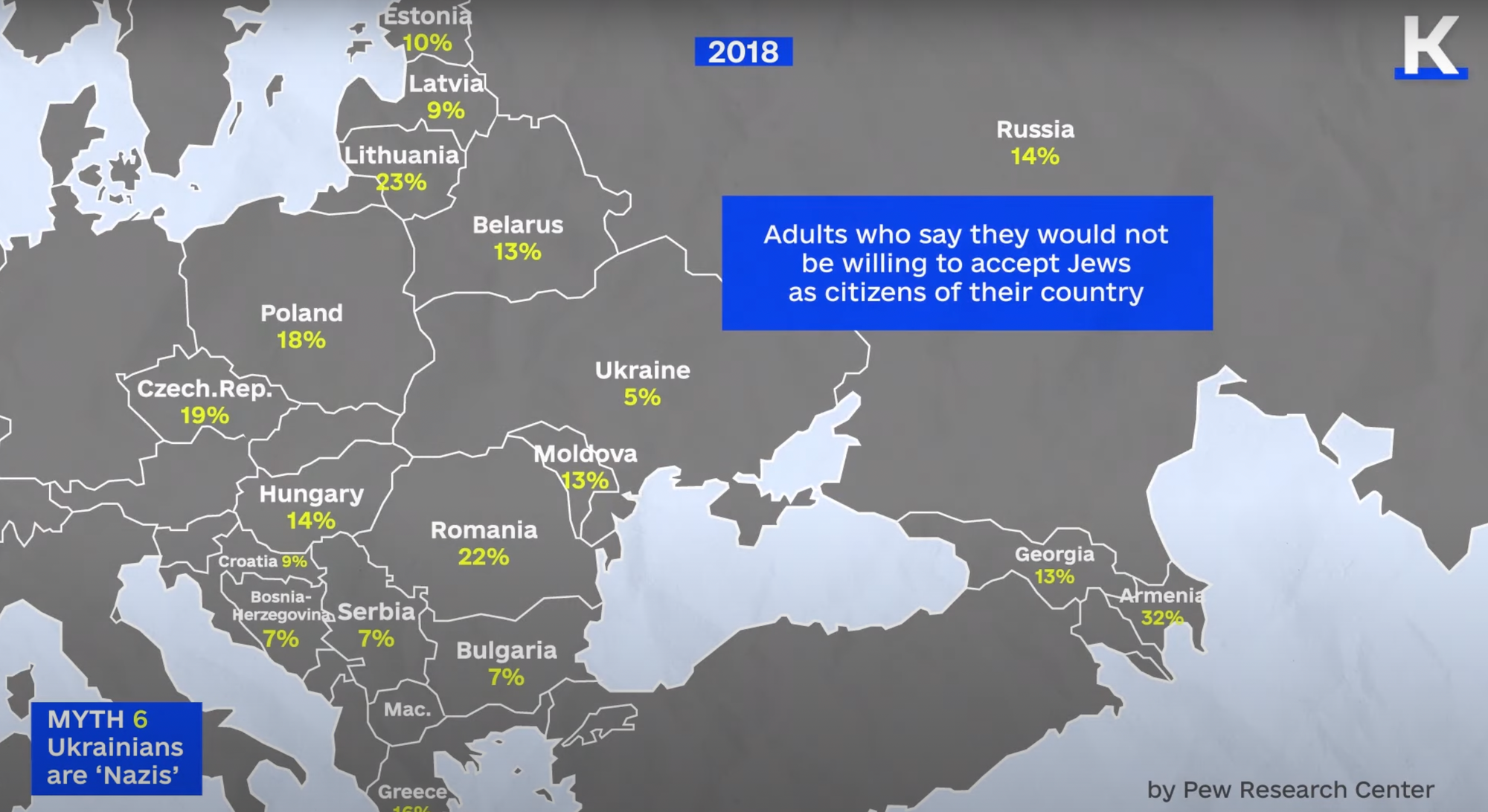
Myth 7: Moscow is the rightful successor of Kyivan Rus
Kyivan Rus, the first East Slavic state that arose in the 9th century. It covered territories of modern-day Ukraine, Belarus, and some of Russia. However, none of these nations existed as such at that time.
Kyiv was the capital of the rapidly rising state, which during the 10-11th centuries became the largest in Europe until the Mongols conquered it in the 13th century.
Despite Kyiv's dominance at the time, Russian historians and officials have claimed that Moscow is the legitimate successor of Kyivan Rus, with some claiming that the capital was moved first to Vladimir and then to Moscow.
No capital was ever moved. Kyiv remained the most important city of Kyivan Rus until the state was ruined by the Mongols in 1240.
Some of the historical heritage of Kyivan Rus is preserved in Kyiv today, such as the St. Sophia's Cathedral and the Kyiv Pechersk Lavra.
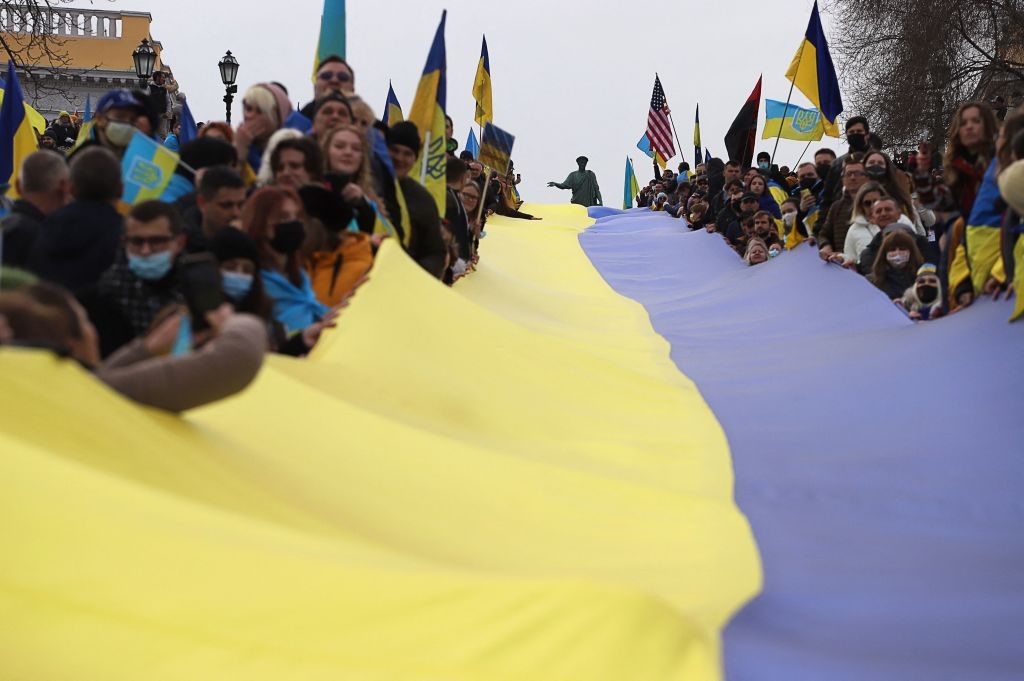
Myth 8: Ukraine is a divided country: Nationalistic west vs. pro-Russian east
Despite many Ukrainians being bilingual in Ukrainian and Russian, the myth about a hard divide between a Ukrophone west pitted against Russophone east of the country has spread dangerously far.
When invading Ukraine, the Russian leadership justified it as the perceived need to protect the Russian-speaking Ukrainians in the east and south of the country.
The cliche of "extremely nationalistic" western Ukraine and "pro-Russian" eastern and southern Ukraine is also repeated in the West, adopting the Kremlin's propaganda.
According to a 2022 poll, 20% of Ukrainians consider the Russian language as their mother tongue. The number of those speaking Russian is known to be much higher, with experts giving a range from 35% to 50%.
Despite that, Ukraine's main pro-Russian political party – Opposition Platform – gained only 13% of votes in the 2019 parliamentary election.
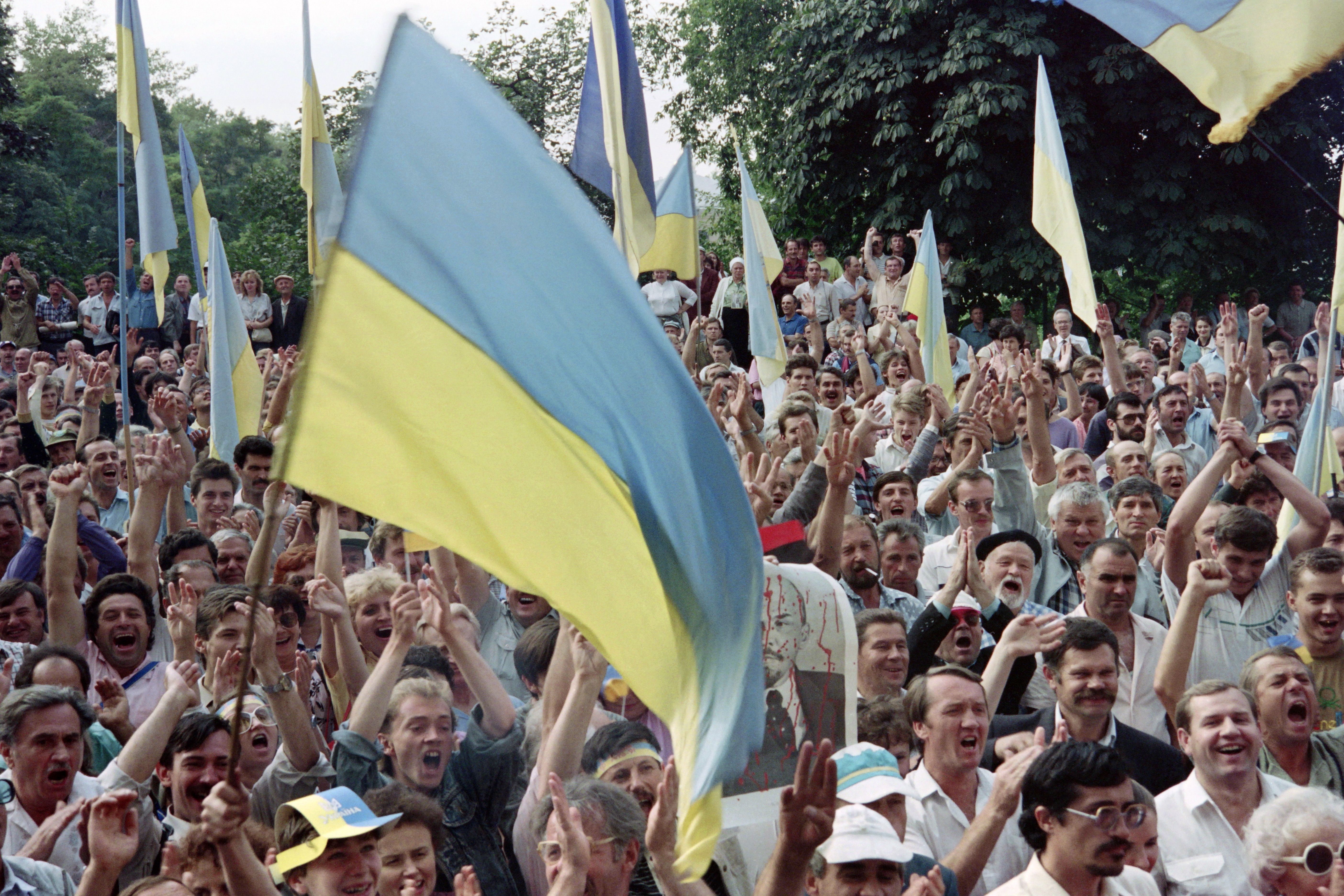
In 2022, Ukrainian opinion polls showed that over 90% of the country's population supports the government and believes that Ukraine can win the war against Russia, erasing any illusion of a strong pro-Russian sentiment.
And while one could have encountered some people with pro-Russian attitudes in eastern Ukraine before the full-scale invasion, many have turned away from Russia completely after Moscow's forces began destroying their hometowns – such as Mariupol – and killing tens of thousands of people.

Myth 9: Communism is good
More than 60% of Russians saw it as a "great misfortune that the Soviet Union no longer exists,” according to a 2019 survey conducted by the Pew Research Center.
Despite the Soviet nostalgia for the country without democracy and market economy, the idea of a so-called classless society where everyone gets equal labor benefits proved to be impossible.
Poor leadership is considered to be among the reasons for its failure.
Fiscal mismanagement, lack of a competitive market that spurs development, and vulnerability to external events, such as the March 1986 oil price drop, killed the Soviet economy.
Despite everything, some still believe that communism is a good way to abolish hierarchy when put into practice. But communism instead allowed a ruling class to enjoy a higher standard of life while ordinary people were forced to work hard to sustain themselves.
History has effectively shown that the practice of communism eventually led to the abuse of power.
British-American historian Robert Conquest said in his edition of "The Great Terror," published in 2007, that "the whole range of Soviet regime's terrors" killed at least 15 million people, which included the death figure from Holodomor.
Today, China, Cuba, Laos, and Vietnam are the only existing communist states worldwide, with all of them parting ways with communist economic theory and opting for a market economy.
The one feature they do keep is the suppression of free speech and the lack of popular representation.
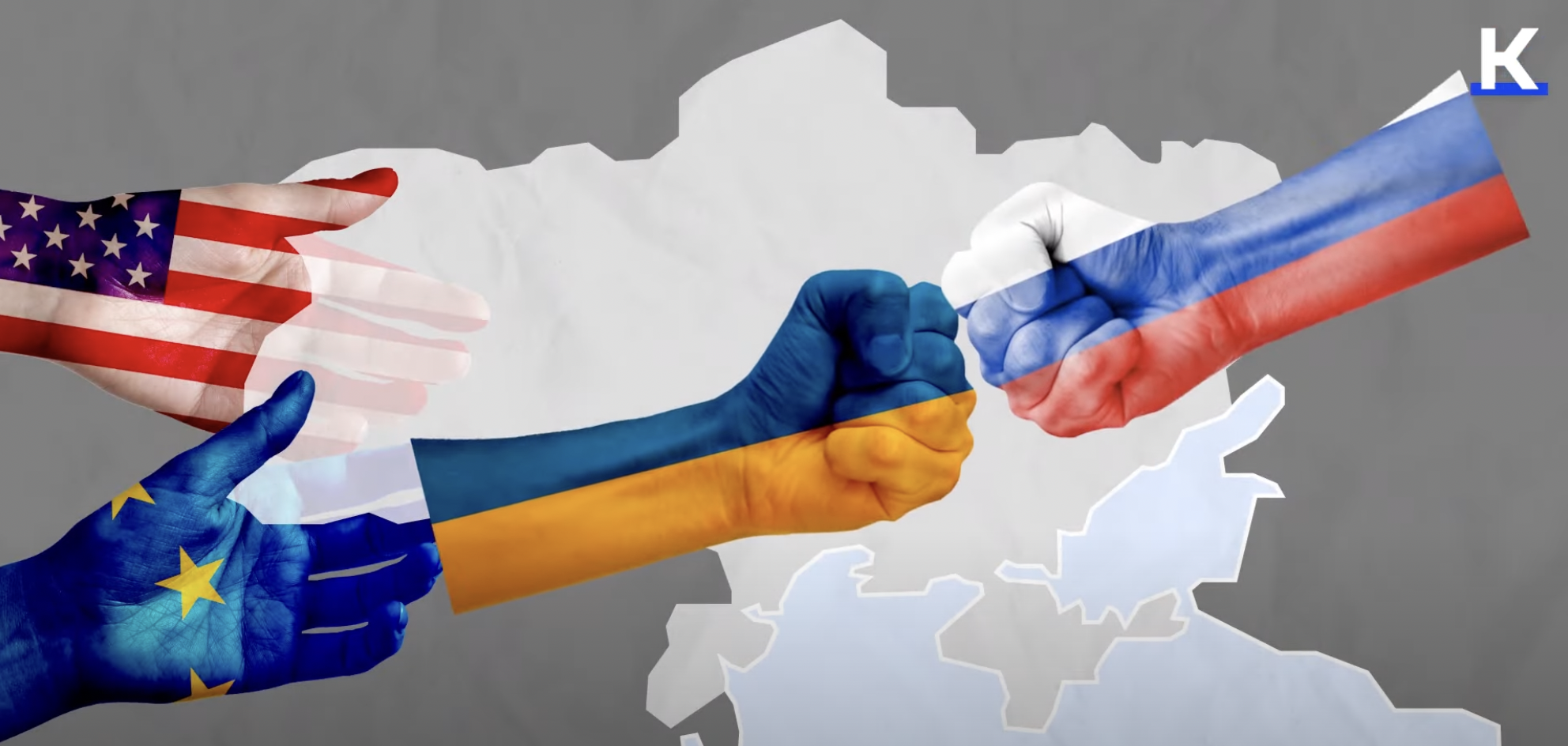
Myth 10: Ukraine is a puppet state controlled by the West
The Russian propaganda narrative often describes Ukraine as a puppet state, claiming that the West is using Ukraine to target Moscow. Putin has used this narrative to convey his imperial ambitions of conquering the neighboring country.
Contrary to the claims, Ukraine is an independent state not controlled by the U.S., European Union nations, or foreign entities. The soon-to-be 32-year-old country is led by a democratically-elected president and parliament.
If anything, Ukraine has shown how it can even influence Western leaders' decisions throughout the course of the full-scale invasion.
Fiercely defending their nation against Russia's brutal war, Ukrainians' resistance has forced countries like the U.S. and Germany to finally green light the transfer of heavy weaponry – after months-long turn-downs.





